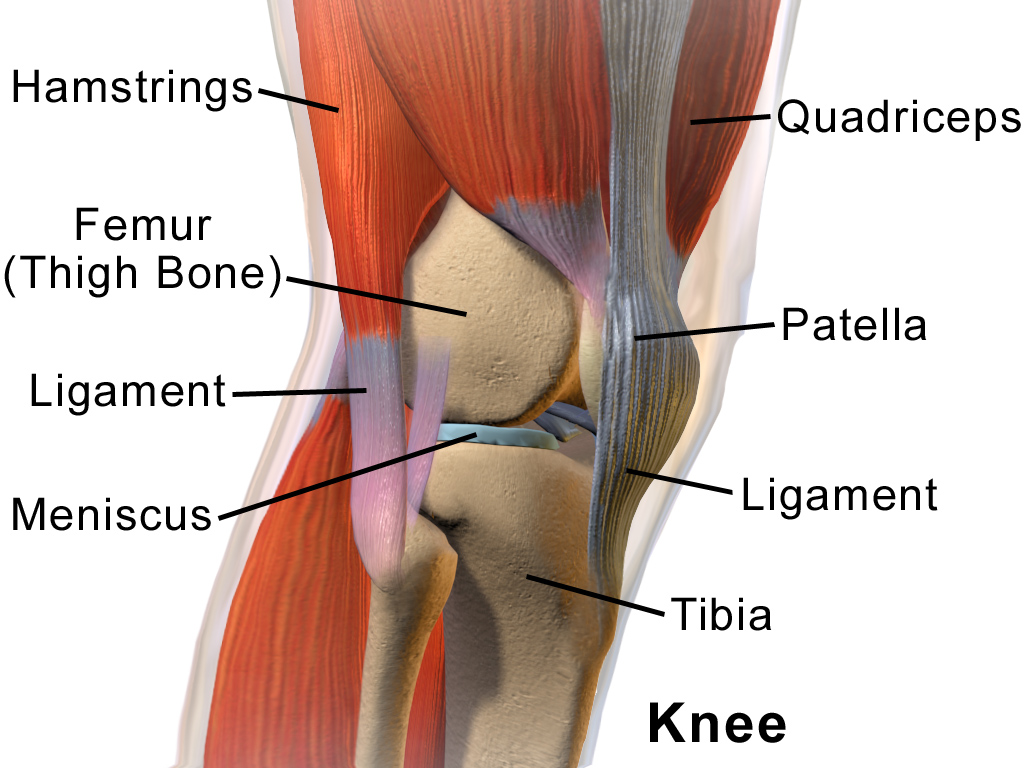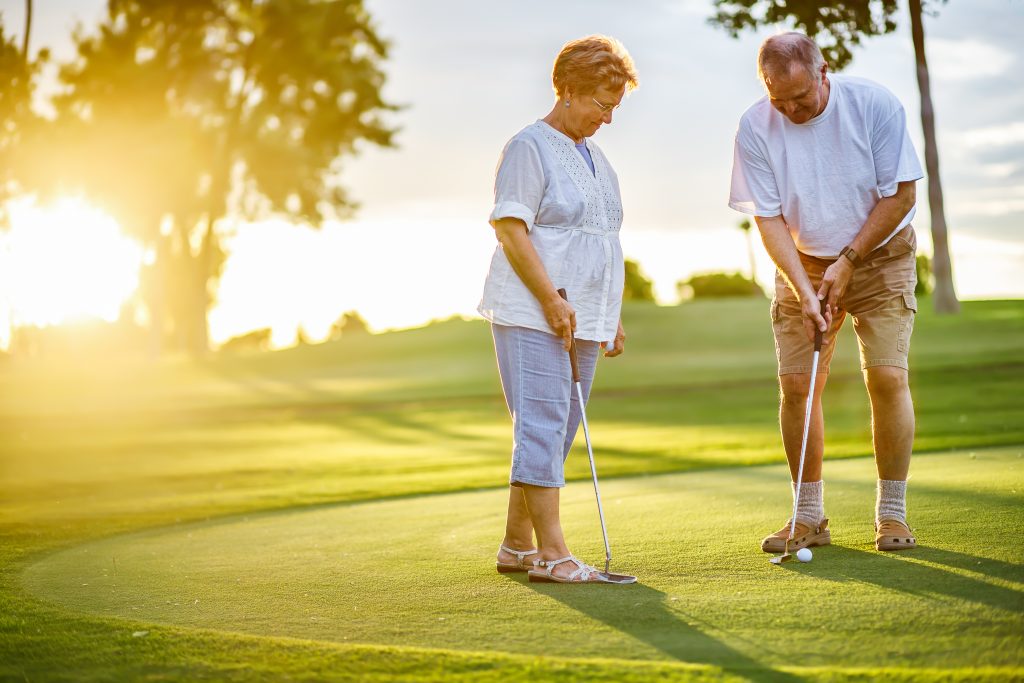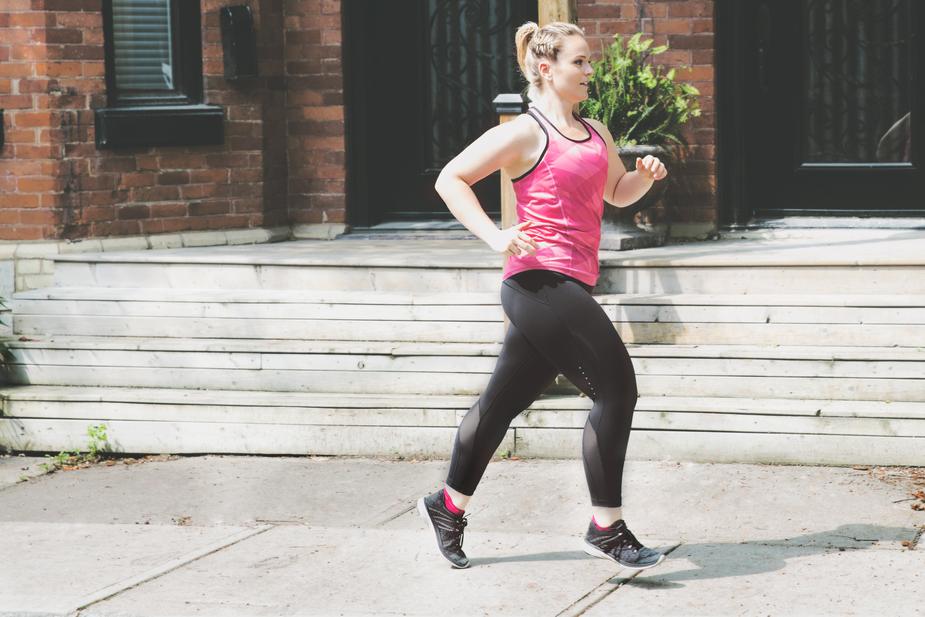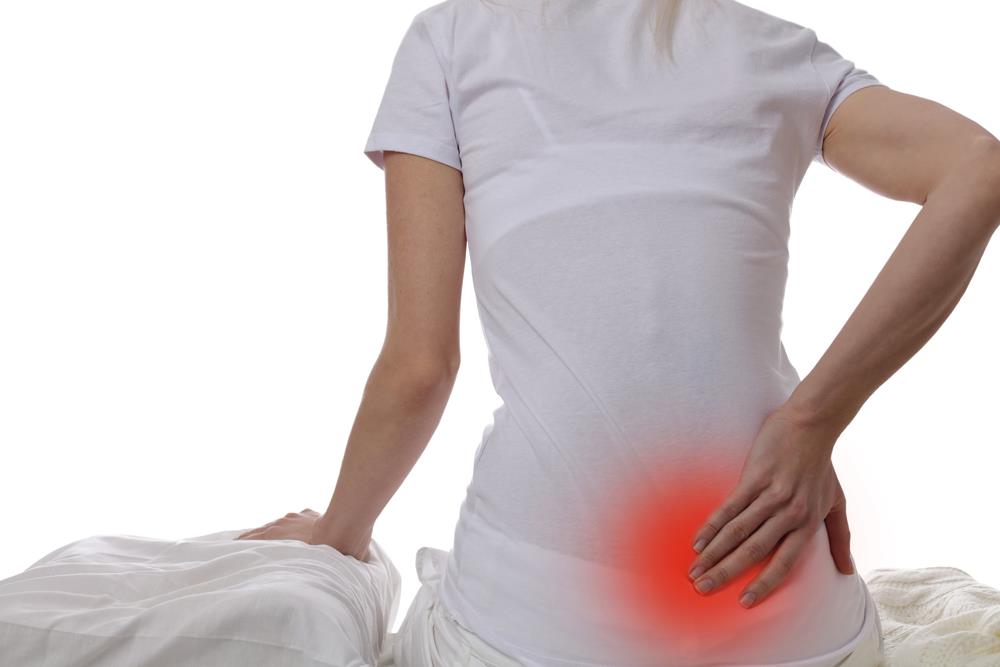Strengthen Your Quad Muscles to Prevent Injury and Maintain Independence
Retaining quad strength helps you in everyday activity such as standing up and bending or straightening your knee. As you get older, some physical therapy may be required to keep quad muscles strong and maintain independence.
Strengthen Your Quad Muscles to Prevent Injury and Maintain Independence Read More »






